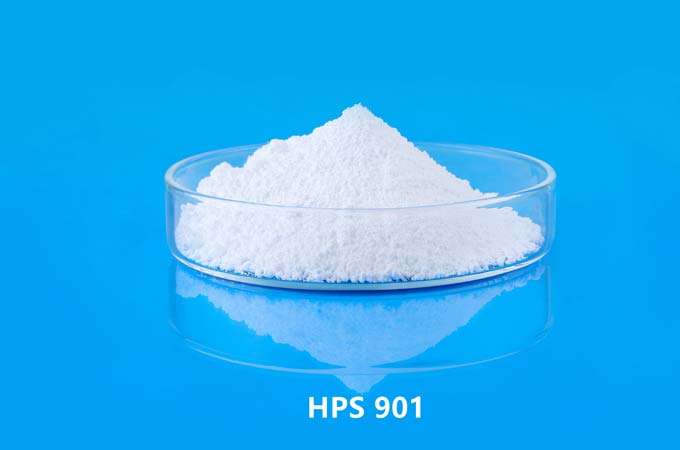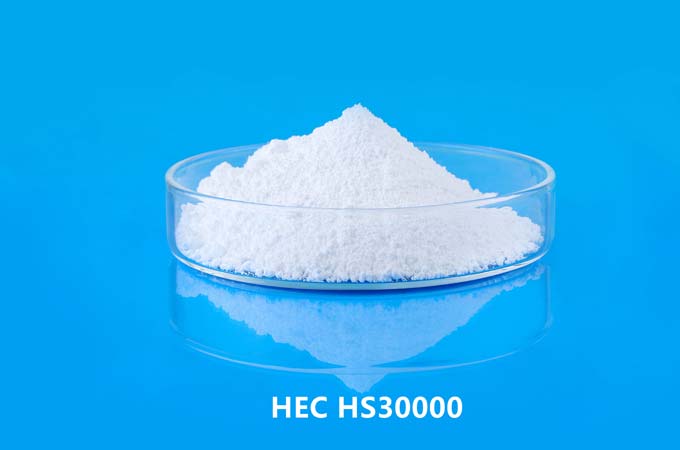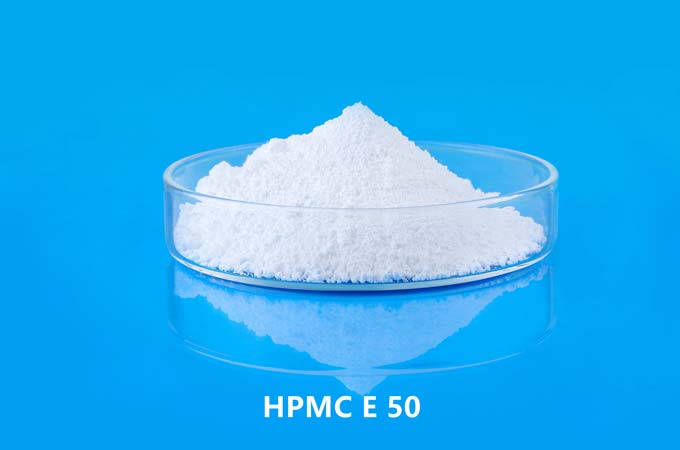Introduction:
Suspensions are heterogeneous systems composed of solid particles dispersed in a liquid medium. They find extensive applications in various industries, including pharmaceuticals, cosmetics, and food. The stability and viscosity of suspensions are crucial factors influencing their performance and shelf-life. Hydroxypropyl methylcellulose (HPMC) is a commonly used polymer in suspension formulations due to its thickening, stabilizing, and film-forming properties.
Experimental Methods:
To evaluate the effect of HPMC on suspension properties, a series of suspensions with varying HPMC concentrations were prepared. Solid particles (e.g., drug, pigment) were dispersed in a liquid medium containing HPMC at different concentrations. The viscosity of each suspension was measured using a rheometer at various shear rates to assess flow behavior. Stability studies were conducted by monitoring particle sedimentation over time and assessing changes in particle size distribution.
Results and Discussion:
The results revealed that increasing HPMC concentration led to a significant increase in suspension viscosity. This behavior can be attributed to the thickening and gelling properties of HPMC, which enhance the resistance to flow. suspensions containing higher HPMC concentrations exhibited improved stability against particle sedimentation. The polymer forms a network structure that hinders particle settling, thereby enhancing suspension stability.the particle size distribution remained relatively uniform in suspensions with higher HPMC content, indicating better dispersion and reduced agglomeration.
The effect of shear rate on suspension viscosity was investigated. At low shear rates, suspensions with higher HPMC concentrations exhibited pseudoplastic behavior, characterized by a decrease in viscosity with increasing shear rate. This behavior is desirable for applications requiring easy flow and pourability, such as oral suspensions. However, at high shear rates, all suspensions displayed Newtonian behavior, indicating constant viscosity regardless of shear rate.
The stability of suspensions is crucial for maintaining product quality and efficacy over time. HPMC plays a vital role in enhancing suspension stability by preventing particle settling and aggregation. The formation of a polymer network effectively immobilizes the suspended particles, thereby minimizing sedimentation and maintaining homogeneity. This property is particularly beneficial for pharmaceutical suspensions, where uniform dosing and particle dispersion are essential for consistent therapeutic outcomes.
The incorporation of HPMC in suspensions significantly influences their viscosity and stability. Higher HPMC concentrations lead to increased viscosity and improved stability against particle sedimentation. The rheological behavior of suspensions is influenced by both HPMC concentration and shear rate, with pseudoplastic behavior observed at low shear rates. Overall, HPMC emerges as a valuable additive for enhancing the performance and shelf-life of suspensions in various industrial applications. Further research could explore the optimization of HPMC concentration and its combination with other additives to achieve tailored suspension properties for specific applications.
 English
English 日本語
日本語 français
français Deutsch
Deutsch Español
Español italiano
italiano русский
русский português
português العربية
العربية Türkçe
Türkçe Nederland
Nederland



